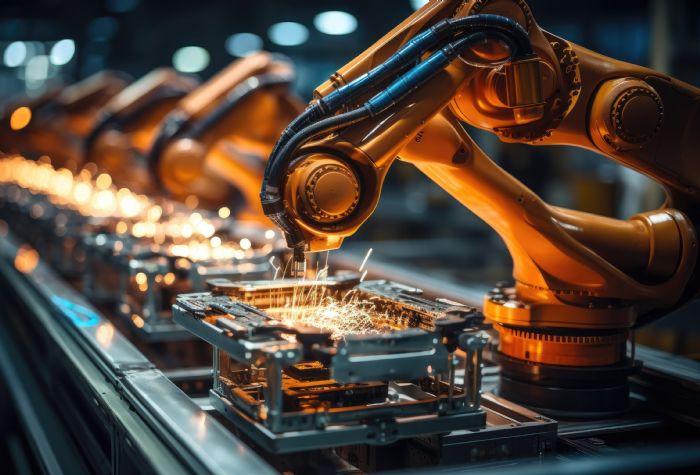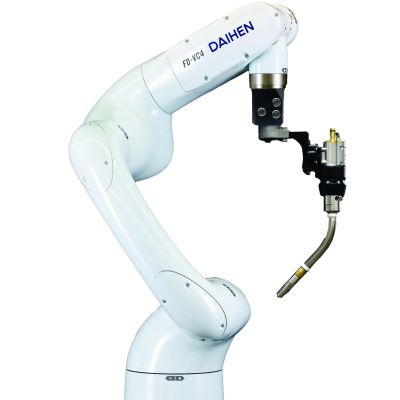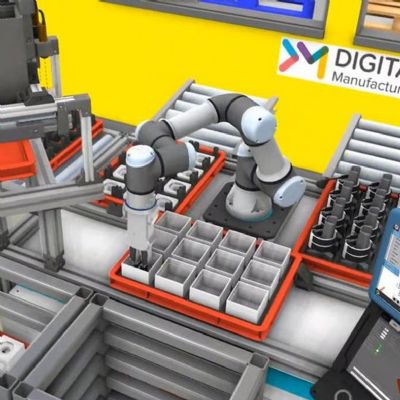Automation: Not a “Nice to Have,” It’s a “Must-Have”
March 12, 2025Comments
The basic building blocks of business success include improving efficiency, capacity and productivity, all keys to remaining competitive and profitable.
 The basic building blocks of business
success include improving efficiency, capacity and productivity, all keys to remaining
competitive and profitable. Automation promises to deliver these building
blocks to the metal fabrication industry. Once seen only in niche high-volume
operations, automation has become a necessity, promising to transform
operations, streamline production and redefine success. With the uncertainty of
2024 around interest-rate cuts and stubborn inflation in the rearview mirror,
metal fabricators are ramping up to keep pace with the renewed focus of the domestic-manufacturing
economy.
The basic building blocks of business
success include improving efficiency, capacity and productivity, all keys to remaining
competitive and profitable. Automation promises to deliver these building
blocks to the metal fabrication industry. Once seen only in niche high-volume
operations, automation has become a necessity, promising to transform
operations, streamline production and redefine success. With the uncertainty of
2024 around interest-rate cuts and stubborn inflation in the rearview mirror,
metal fabricators are ramping up to keep pace with the renewed focus of the domestic-manufacturing
economy.
For owner-operators and investors alike, automation isn’t just about keeping up with industry trends; it’s about securing a competitive edge in an evolving market. With demand surging and skilled labor dwindling, companies that embrace automation will position themselves for long-term success, while those that resist risk being left behind.
In conversations with strategic and financial investors and company executives, we hear an emphasis on automation—more than ever before. Some of the issues that automation helps address:
- Labor shortages: The industry continues to grapple with a significant shortage of skilled labor. According to the National Association of Manufacturers, there were 428,000 manufacturing job openings as of December 2024.
- Meeting increased demand: U.S. companies have invested heavily in reshoring efforts to combat the threat of increasingly complex global supply chains. Reshoring and tariffs are likely to increase domestic demand for fabricated metal parts and assemblies. Confidence in a manufacturing rebound is on the rise and thus likely to fuel production activity—demand and production grew in January after 26 consecutive months of contraction, according to the Institute for Supply Management’s Purchasing Mangers’ Index. Particularly promising are the automotive and aerospace manufacturing sectors.
- Generational shift: The broader metals industry is experiencing a generational shift, with younger workers showing a preference for technology-driven roles over the traditional labor positions once considered “dirty.” For Gen Z workers entering the fabrication industry, the use of technology such as 3D printing and automated welding and stamping operations is seen as something natural, not a technological marvel. After all, this generation has used computers for as long as they can remember. The same can be said for Generation Alpha, the next generation to start entering the workforce, who not only will be comfortable with the integration of automation but will be accustomed to it long before they enter the job market.










